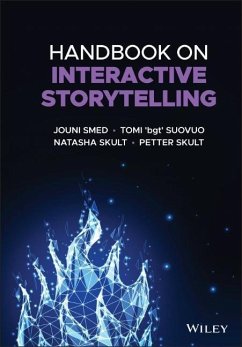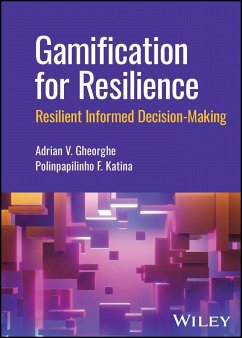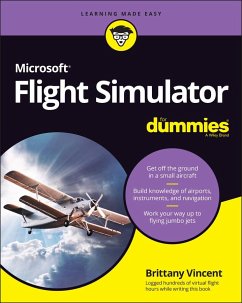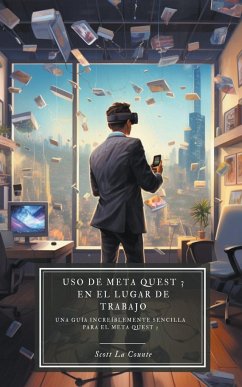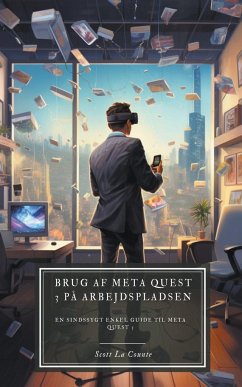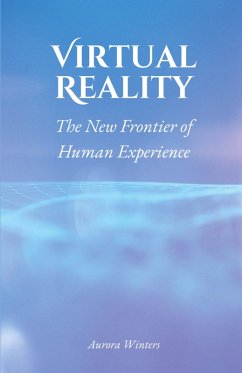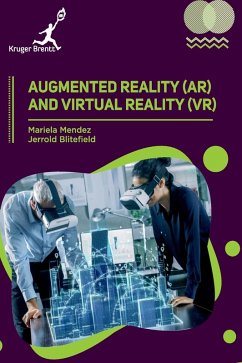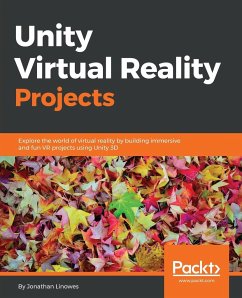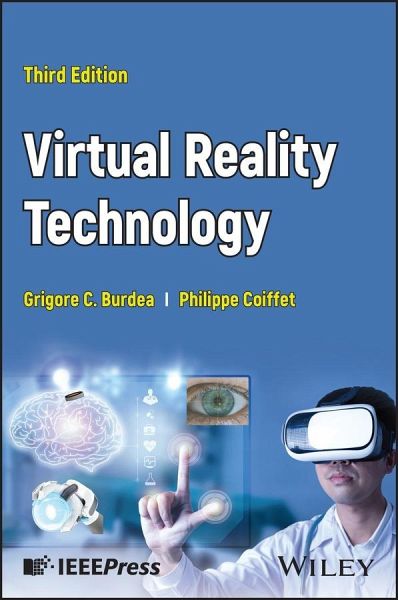
Virtual Reality Technology

PAYBACK Punkte
36 °P sammeln!
Thorough overview of virtual reality technology fundamentals and latest advances, with coverage of hardware, software, human factors and applications, plus companion Laboratory Manual in Unity 3D.The Third Edition of the first comprehensive technical book on the subject of virtual reality, Virtual Reality Technology, provides updated and expanded coverage of VR technology, including where it originated, how it has evolved, and where it is going. Its primary objective is to be a complete, up-to-date textbook, as well as a source of information on a rapidly developing field of science and techno...
Thorough overview of virtual reality technology fundamentals and latest advances, with coverage of hardware, software, human factors and applications, plus companion Laboratory Manual in Unity 3D.
The Third Edition of the first comprehensive technical book on the subject of virtual reality, Virtual Reality Technology, provides updated and expanded coverage of VR technology, including where it originated, how it has evolved, and where it is going. Its primary objective is to be a complete, up-to-date textbook, as well as a source of information on a rapidly developing field of science and technology with broad societal impact.
The two highly qualified authors cover all of the latest innovations and applications that are making virtual reality more important than ever before. Unlike other books on the subject, the book also includes a chapter on Human Factors, which are very important in designing technology around the human user.
Virtual Reality Technology provides readers with a website-accessible Laboratory Manual using the Unity 3D game engine and programming language. Unity 3D is the preferred VR language these days and will prepare the student for the VR gaming and mobile applications industry. For universities Unity 3D is cost-effective as its student license is freely available.
With comprehensive coverage of the subject, Virtual Reality Technology discusses sample topics such as:
_ Input and output interfaces, including holographic displays, foveated head-mounted displays, neural interfaces, haptic and olfactory feedback
_ Computing architecture, with emphasis on the rendering pipeline, the graphics processing unit and distributed/edge rendering
_ Object modeling, including physical and behavioral aspects, Artificial Intelligence controlled characters, and model management techniques
_ Programming toolkits for virtual reality and the game production pipeline
_ Human factors issues such as user performance and sensorial conflict, cybersickness and societal impact aspects of VR
_ Application examples in medical education, virtual rehabilitation, virtual heritage, gaming, and military use of virtual reality.
Virtual Reality Technology provides thorough and complete coverage of an in-demand sector of technology, making it a highly valuable resource for undergraduate and graduate students in computer science, engineering, and science, along with a variety of professionals across many different industries, including but not limited to engineering, gaming, and defense.
The Third Edition of the first comprehensive technical book on the subject of virtual reality, Virtual Reality Technology, provides updated and expanded coverage of VR technology, including where it originated, how it has evolved, and where it is going. Its primary objective is to be a complete, up-to-date textbook, as well as a source of information on a rapidly developing field of science and technology with broad societal impact.
The two highly qualified authors cover all of the latest innovations and applications that are making virtual reality more important than ever before. Unlike other books on the subject, the book also includes a chapter on Human Factors, which are very important in designing technology around the human user.
Virtual Reality Technology provides readers with a website-accessible Laboratory Manual using the Unity 3D game engine and programming language. Unity 3D is the preferred VR language these days and will prepare the student for the VR gaming and mobile applications industry. For universities Unity 3D is cost-effective as its student license is freely available.
With comprehensive coverage of the subject, Virtual Reality Technology discusses sample topics such as:
_ Input and output interfaces, including holographic displays, foveated head-mounted displays, neural interfaces, haptic and olfactory feedback
_ Computing architecture, with emphasis on the rendering pipeline, the graphics processing unit and distributed/edge rendering
_ Object modeling, including physical and behavioral aspects, Artificial Intelligence controlled characters, and model management techniques
_ Programming toolkits for virtual reality and the game production pipeline
_ Human factors issues such as user performance and sensorial conflict, cybersickness and societal impact aspects of VR
_ Application examples in medical education, virtual rehabilitation, virtual heritage, gaming, and military use of virtual reality.
Virtual Reality Technology provides thorough and complete coverage of an in-demand sector of technology, making it a highly valuable resource for undergraduate and graduate students in computer science, engineering, and science, along with a variety of professionals across many different industries, including but not limited to engineering, gaming, and defense.




